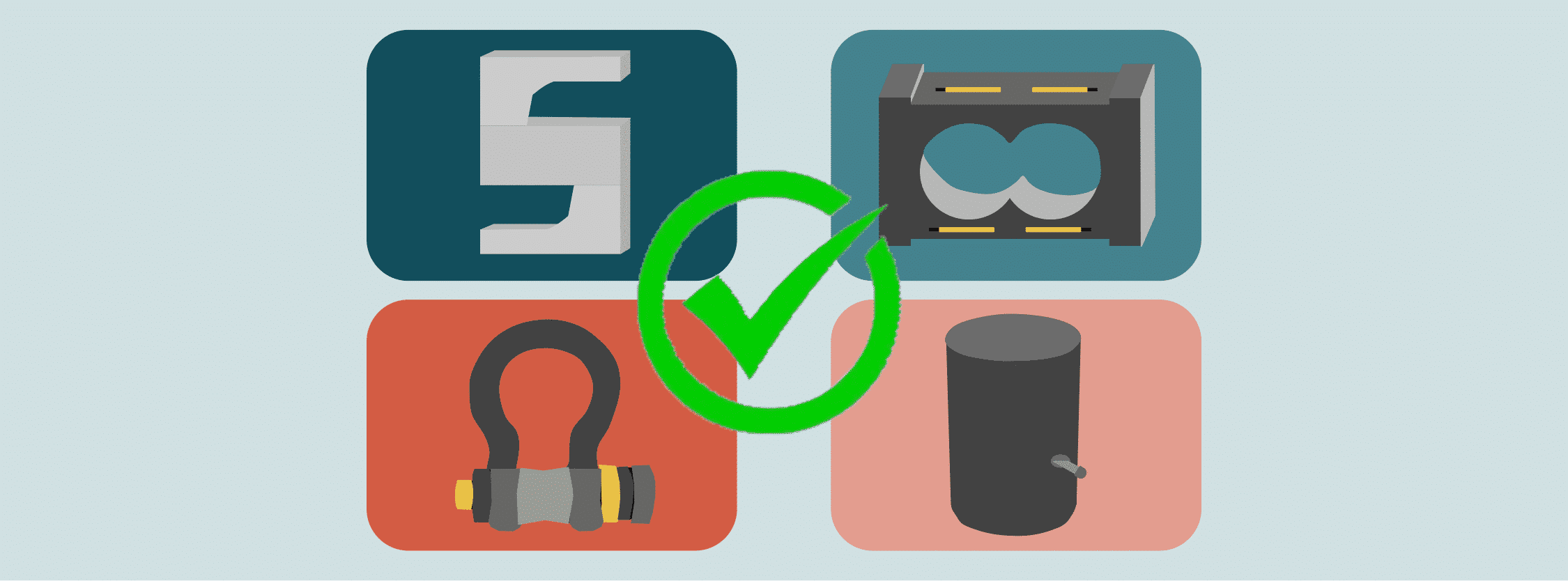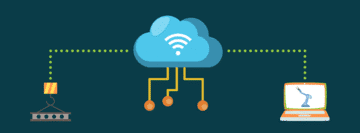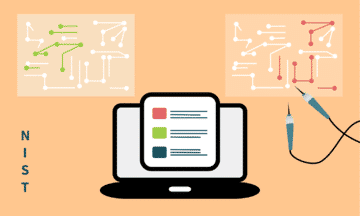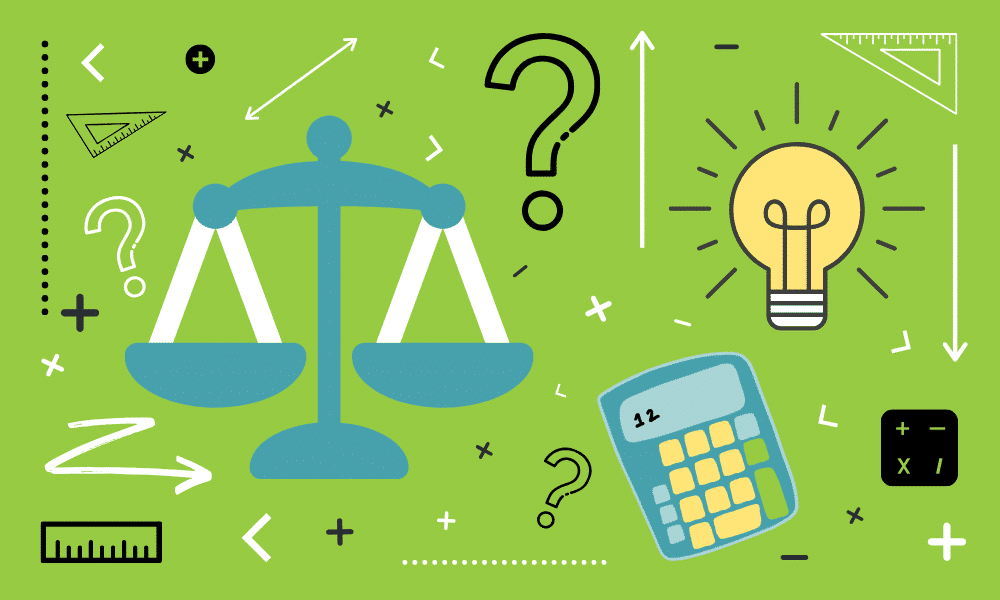load cell tutorial

How Can I Tell If a Load Cell Is a Quality One?
Not all load cells are created equal. What sets the most accurate, reliable and long-lasting apart? This article answers this question to help you find the best quality load cell.

The IoT and Sensors: A Quick Overview
What is the IoT and how are sensors used in IoT applications? Find quick answers here, and read about some real-world examples.

What Does the IP Rating of a Load Cell Mean?
All load cells come with a marking such as "IP57". What does this marking tell you? This article gives a brief but detailed explanation of the Ingress Protection rating on all load cells.

A Comparison of Tacuna Systems Load Cell Mounts and Modules
Discover which load cell mount or module is best for your application with this comparison chart of over 20 products sold by Tacuna Systems.

Significant Digit Considerations for Weighing Applications
Accurate load cell measurements rely on proper rounding techniques to ensure data sets are within the range of a manufacturer's specifications. Learn more about this here.

Quality Control: Load Cell Handling, Storage and Preservation Do’s and Don’ts
Load cells contain delicate electronics and require careful handling. Learn quality control procedures for handling, storing and preserving load cells to extend their service life.

Force Measurement Acronyms and Abbreviations
Find an extensive list of acronyms and abbreviations related to the field of force measurement, including units and standards bodies-related acronyms.

Load Cell Classes: NIST Requirements
Our article, Measurement Uncertainty in Force Measurement, explains load cell measurement uncertainty calculations defined by standards bodies. These methods rely ... Read more

Measurement Uncertainty in Force Measurement
Here we present general ways to evaluate uncertainty in force measurement applications. We also relate these concepts to the uncertainty figures given with load cell product specifications.

Load Cell Classes: OIML Requirements
What is a load cell class? Find out what OIML certification says about load cell accuracy, resolution, and application in industry.



